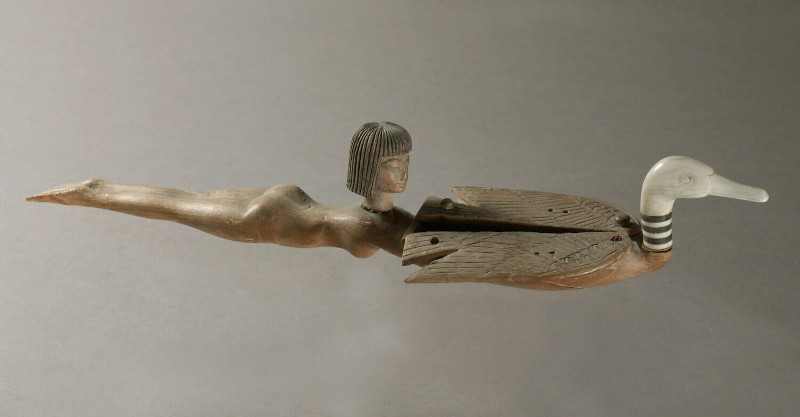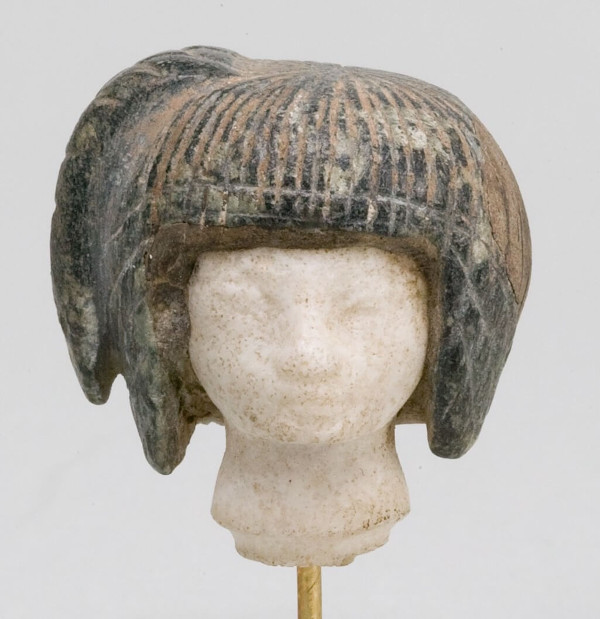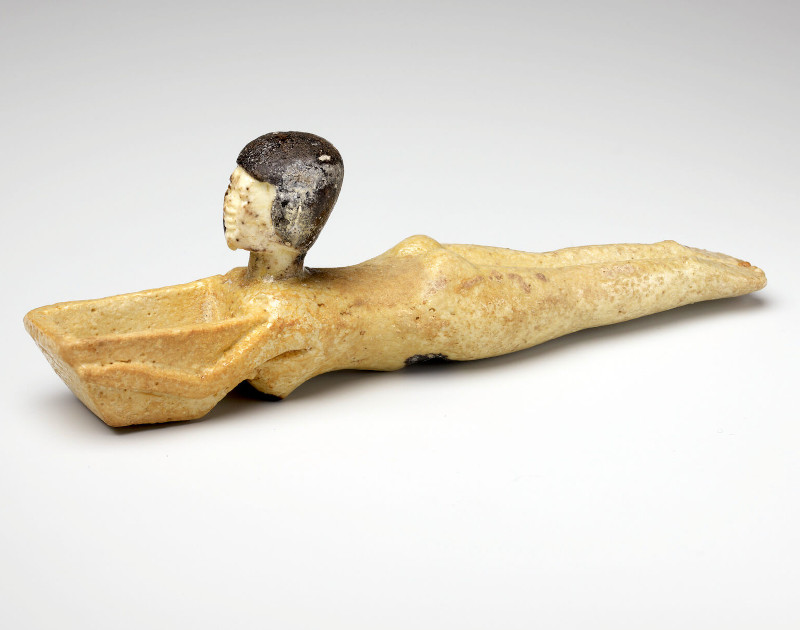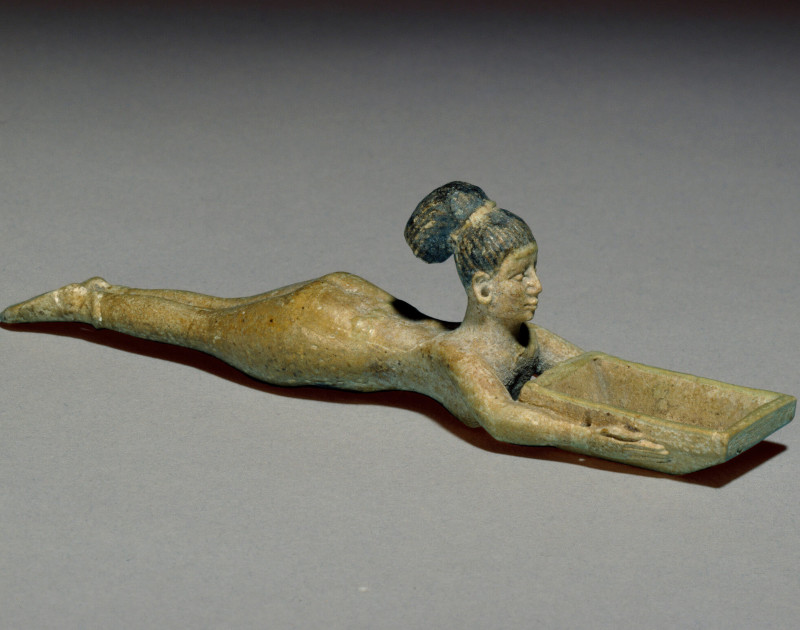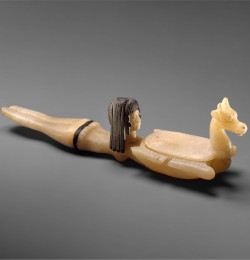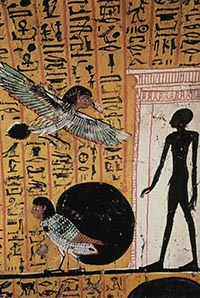
Not a Friend of ASOR yet? Sign up here to receive ANE Today in your inbox weekly!

April 2023
Vol. 11, No. 4
The Meaning and Symbolism of Swimming-Girl Spoons from Egypt
By Peter Lacovara
In ancient Egypt, cosmetics were important for both the living and the dead, as maintaining a youthful and beautiful appearance was deemed necessary for both. Perfumes and unguents, laboriously made of rare and imported substances, were valuable commodities and often stored in elaborately decorative containers and applied with equally embellished instruments.
